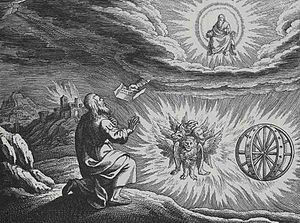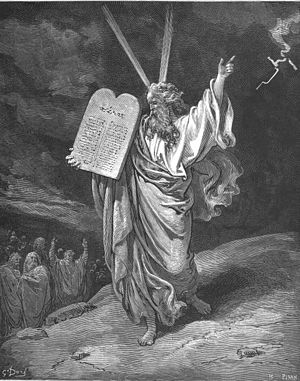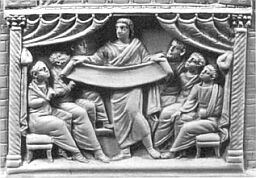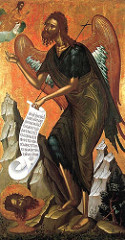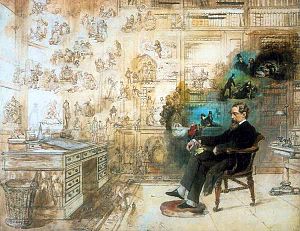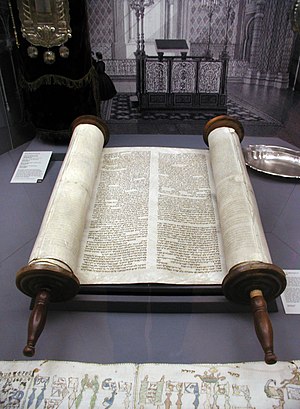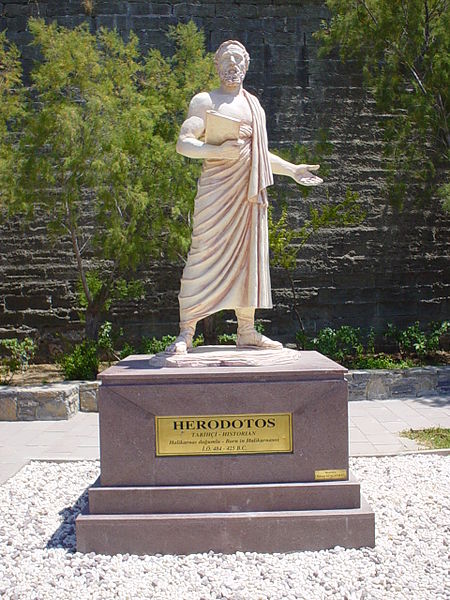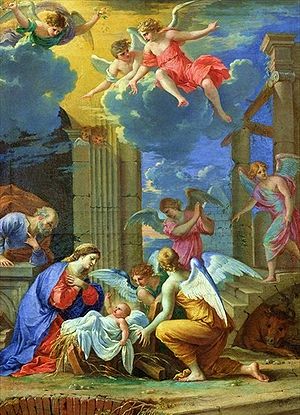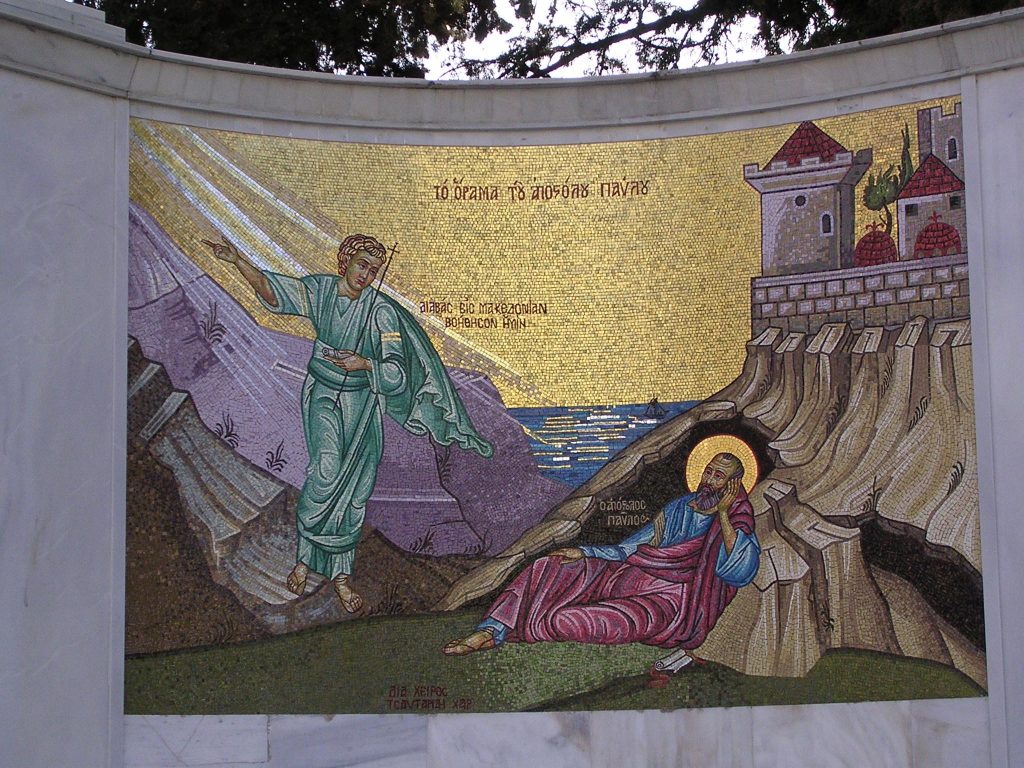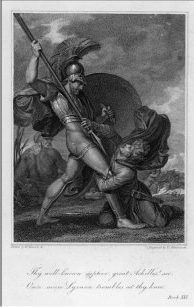James McGrath links to a very straightforward article in The National Post that challenges head-on the inability of some people to even acknowledge the legitimacy of any serious case for the nonhistoricity of Jesus. It is Should Jesus Be Exempt From Historical Scrutiny?
The author, Jackson Doughart, indicates he is not a mythicist, since he writes that he believes there is not enough evidence to definitely determine if Jesus was a real person, and that the nature of the evidence that does exist at least suggests his existence is debatable.
He also points out why comparing the denial of the historicity of Jesus to denying the existence of Hannibal is “an illegitimate and absurd comparison”.
Doughart makes an interesting comparison of the evidence for Jesus with the evidence for Socrates. He notes, as I have also done, that the question of Socrates’ existence is immaterial to the bigger question of the rise of Greek philosophy, while the existence of Jesus is of paramount significance for believers.
A few excerpts Continue reading “Credulity, insecurity and sophistry in the “Did Jesus Exist?” debate”

